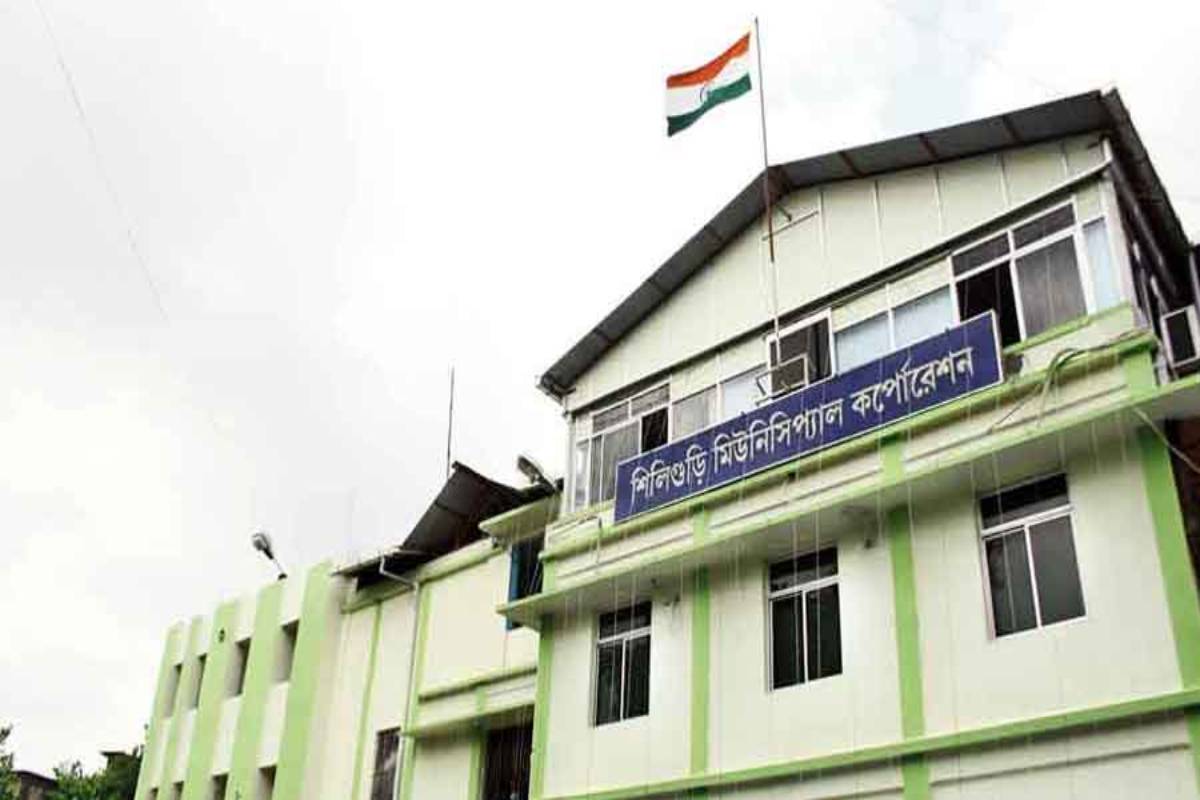School organises gender sensitisation camp
The initiative is aimed to promote gender equality, women’s rights, and social inclusivity in the rural tea-garden community.
According to the findings of dengue cases in previous years, we have laid special focus on some areas, said Dr Tulsi Pramanik.

Siliguri Municipal Corporation
The health department is keeping special surveillance in areas where the number of dengue cases was high last year. A recent entomological study has revealed that most of the vectors belonged to the Aedes albopictus species.
Aedes albopictus (Stegomyia albopicta) is also known as tiger mosquito for its white bands on its legs and body. Though it is native to rural areas and grows in natural spaces, it can adapt to the weather and environment in urban areas in the region too.
According to health department officials, they had laid special focus on some areas in the region that include wards 43, 46 and 47 under the Siliguri Municipal Corporation (SMC), Upper Bagdogra and Lower Bagdogra under the Naxalbari block, Panitanki under the Kharibari block, Patharghata under the Matigara block and Dudhia under Mirik Sub-Division.
“According to the findings of dengue cases in previous years, we have laid special focus on some areas. The health department is taking necessary steps to minimise the cases,” said the Darjeeling district chief medical officer of health, Dr Tulsi Pramanik. There was a spurt in dengue cases at Dudhia on the foothills of Kurseong last year. More than 30 cases had been reported there.
Department officials said that for the past few years, the Aedes albopictus species had been found in the region, as compared with the Aedes aegypti. Both mosquitoes carry the dengue virus. The Aedes aegypti mosquito breeds in clean, stagnant water and becomes inactive with the drop in mercury, while the Aedes albopictus can adapt and adjust to such situations. “We have found the Aedes albopictus all over the places so far. Therefore, studies are being conducted to ascertain how the population of such vectors has gone up significantly,” sources at the health department said.
Officials said 21 dengue cases had been recorded in the district so far, while there are three active cases–one at an SMC ward, one in Naxalbari and another in Mirik.
However, sources said the number of dengue cases was higher.
Advertisement
Advertisement